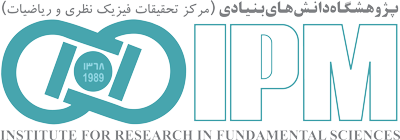“School of Astronomy”
Back to Papers HomeBack to Papers of School of Astronomy
| Paper IPM / Astronomy / 14344 | ||||||||||||||||||||||||||||
|
||||||||||||||||||||||||||||
| Abstract: | ||||||||||||||||||||||||||||
|
N NGC 147 and NGC 185 are two of the Andromeda galaxy's most massive satellites. Even though they are close to each other in the sky and have the same mass, luminosity and morphological type, they have distinct star formation history (SFH), different amounts of interstellar gas and tidal distortion. Pulsating asymptotic giant branches (AGB) are thought to be appropriate probes to determine the dust production of these two galaxies. In order to study their mass loss rate, we merged the mid-IR photometry collected in the DUSTiNGS survey over multiple epochs with available near-IR and visible photometry. Dusty, an openly accessible code to evaluate how dust affects the radiation coming from a source, re-makes the SED of our candidate stars based on their observed magnitudes to calculate how much mass they have lost. The results of the executed grids can be utilized to obtain Dusty's free parameters. The Dusty-Evolved-Star-Kit (DESK) code can compute mass loss for all observed stars based on these grids. Using Bayesian statistics and MCMC is another method for obtaining Dusty's free parameters. We intend to use both approaches to calculate and compare the amount of mass loss and dust produced in galaxies NGC 147 and NGC 185.
Download TeX format |
||||||||||||||||||||||||||||
| back to top | ||||||||||||||||||||||||||||



















